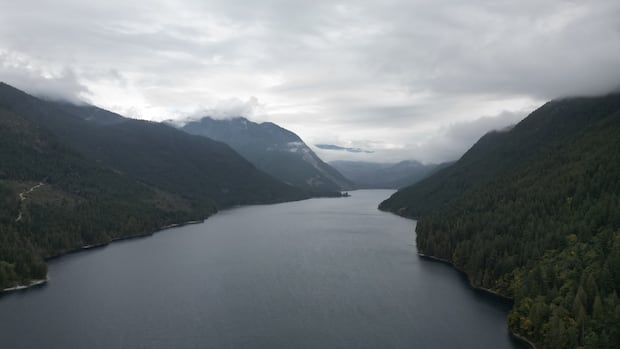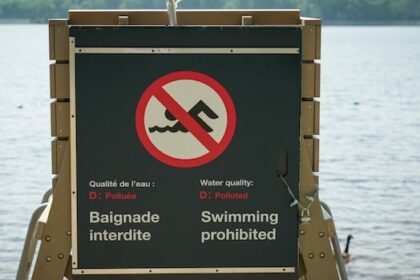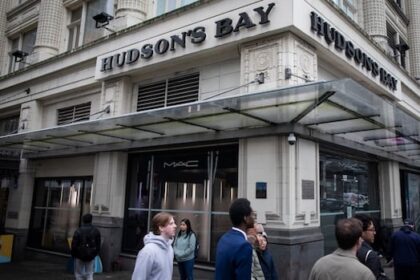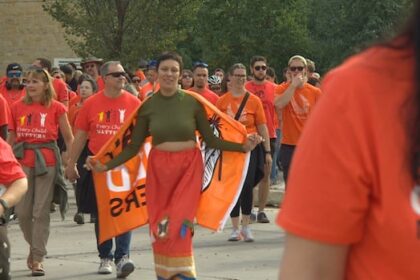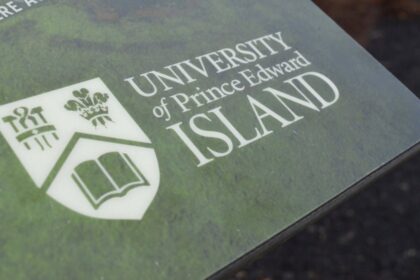British Columbia·VideoIn 2007, a massive landslide crashed into B.C.’s Lake Chehalis, triggering a tsunami that surged 38 metres up the shore — one of the most dramatic inland waves ever recorded. CBC’s Johanna Wagstaffe looks into how scientists were able to reconstruct the event and reveal how it unfolded.CBC’s Johanna Wagstaffe breaks down what happened at Lake Chehalis in 2007CBC News · Posted: Oct 21, 2025 7:03 PM EDT | Last Updated: 11 hours agoB.C. has seen a lake tsunami before and it could happen again. Here’s whyIn 2007, a massive landslide crashed into B.C.’s Lake Chehalis, triggering a tsunami that surged 38 metres up the shore — one of the most dramatic inland waves ever recorded. CBC’s Johanna Wagstaffe looks into how scientists were able to reconstruct the event and reveal how it unfolded — as well as what it could tell us about the next “lake tsunami.”You’ve heard of a tsunami, a series of waves caused in a body of water by the displacement of that water. Warnings about tsunamis are often issued for communities near the ocean following powerful earthquakes. But have you heard of a lake tsunami? In December 2007, a massive landslide crashed into Chehalis Lake, a smaller body of water situated between Harrison Lake and Stave Lake in southwestern B.C., triggering a tsunami that surged 38 metres up the shore. As CBC’s Johanna Wagstaffe explains, heavy rain falling on snow on an already fractured bedrock caused the rock to go tumbling down from Mount Orrock. The slide sent a wave up the opposite shore and down the entire length of the lake. Scientists have since simulated what happened, which has in turn given them an idea of when and where this could happen again, including Harrison Lake and Shuswap Lake in B.C.’s Interior.
B.C. has seen a lake tsunami before and it could happen again
